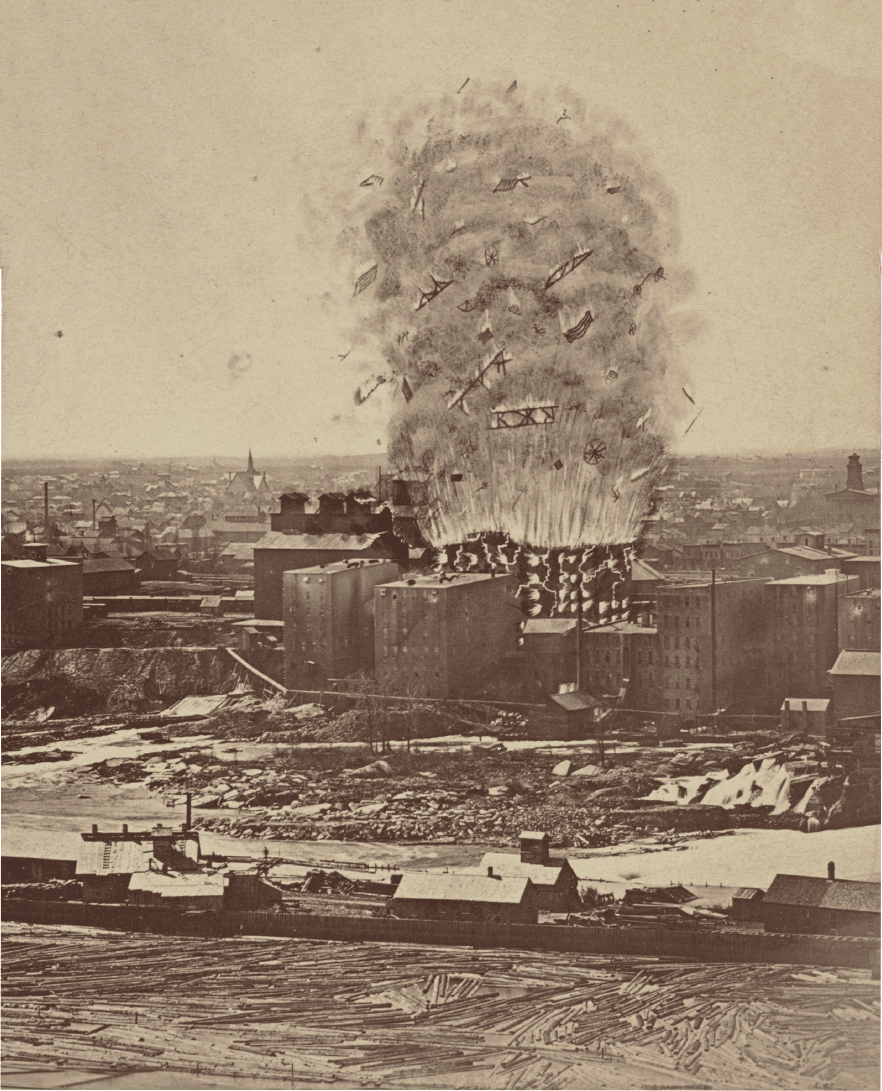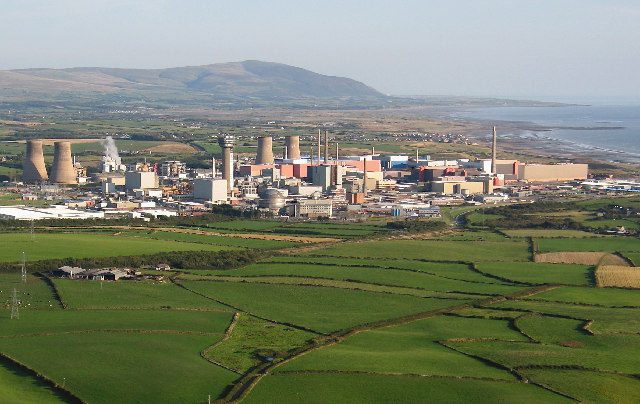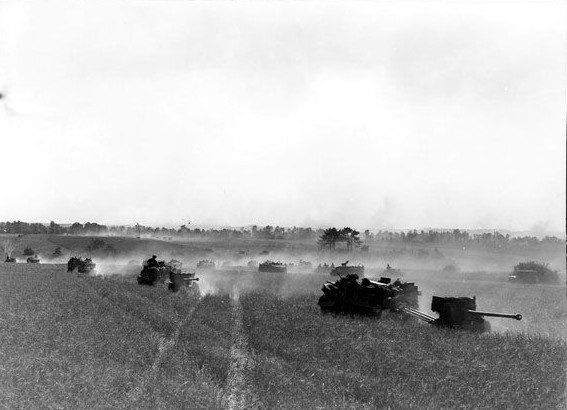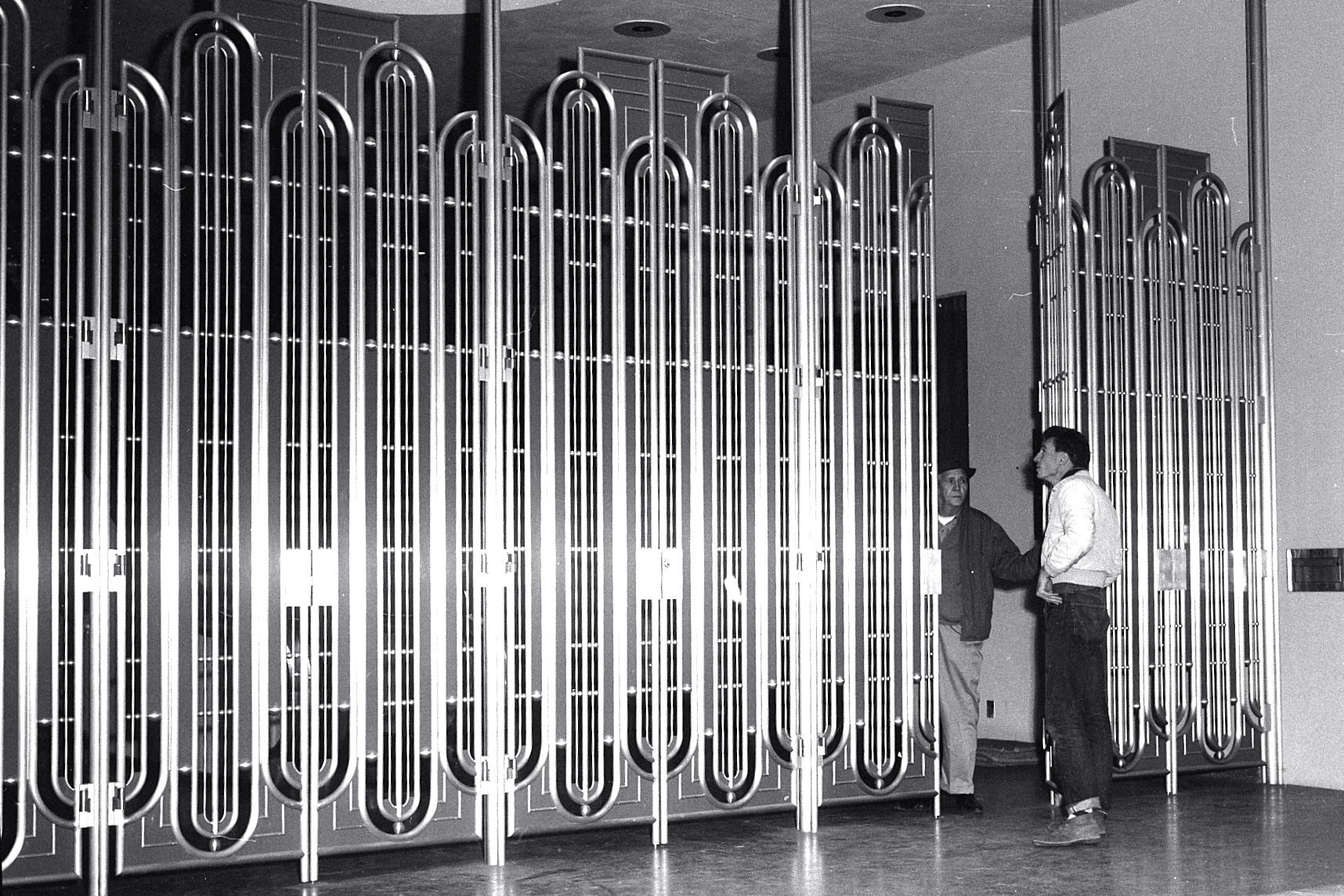Description
The Great Mill Disaster, also known as the Washburn A Mill explosion, occurred on May 2, 1878, in Minneapolis, Minnesota, United States. The disaster resulted in 18 deaths. The explosion occurred on a Thursday evening when an accumulation of flour dust inside the Washburn A Mill, the largest mill in the world at the time, led to a dust explosion that killed the fourteen workers inside the mill. The resulting fire destroyed several nearby mills and killed a further four millworkers. The destruction seriously impacted the city's productive capacity for flour, which was a major industry in the city. Following the blast, Cadwallader C. Washburn, the mill's owner, had a new mill, designed by William de la Barre, constructed on the site of the old one. This building was also later destroyed, and today the building's ruins are a National Historic Landmark and operated as part of the Mill City Museum.







